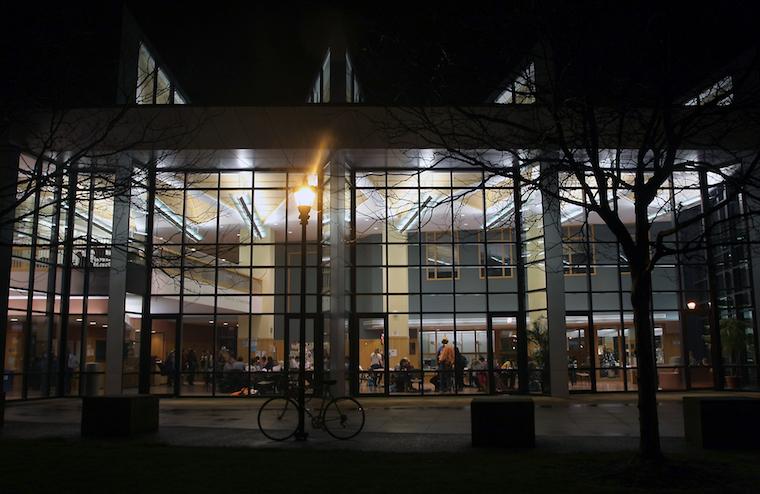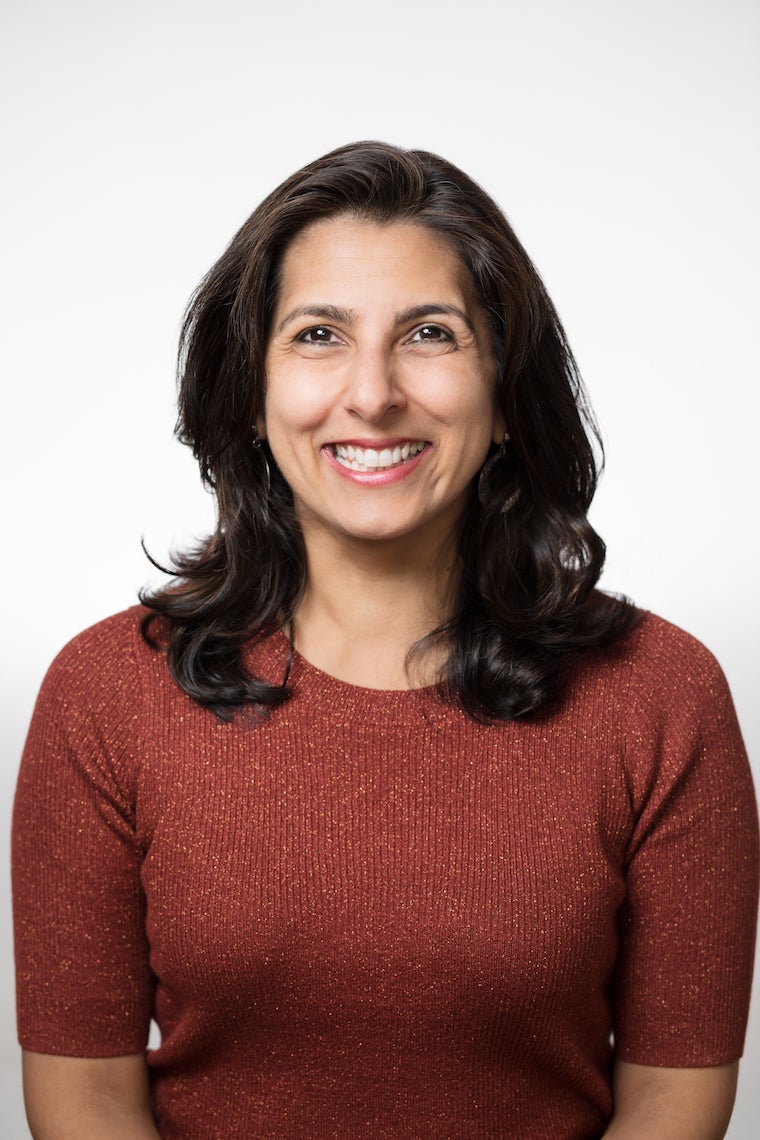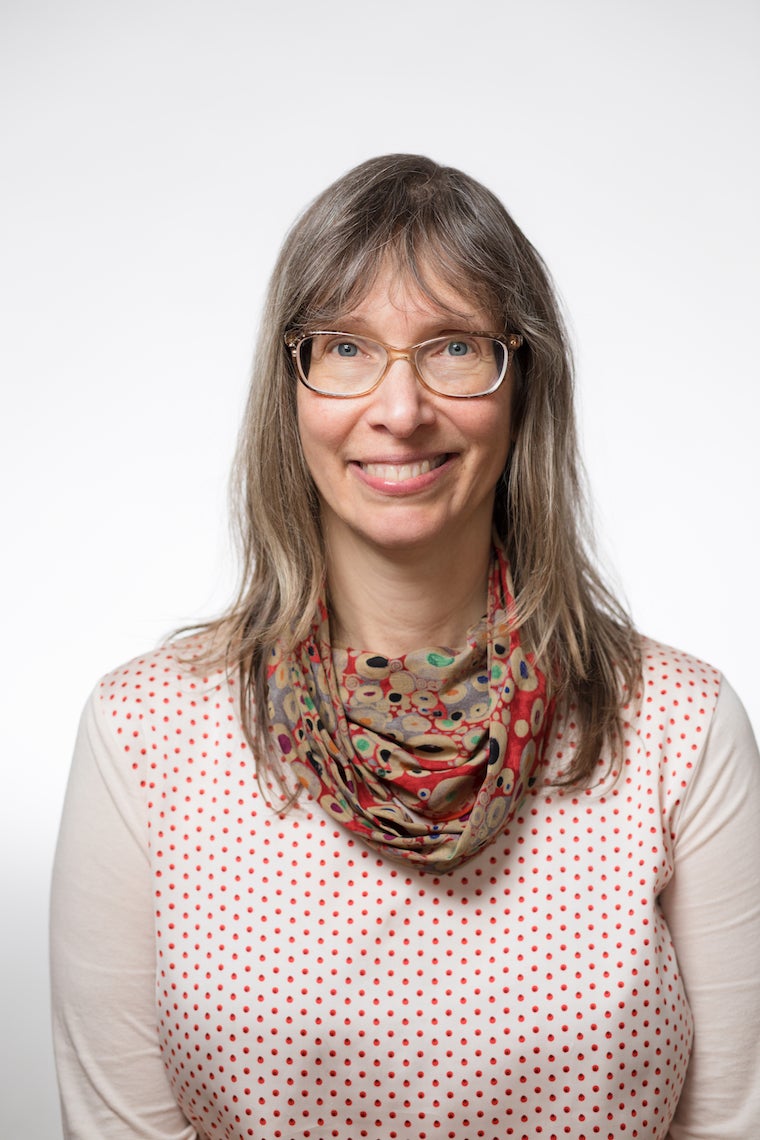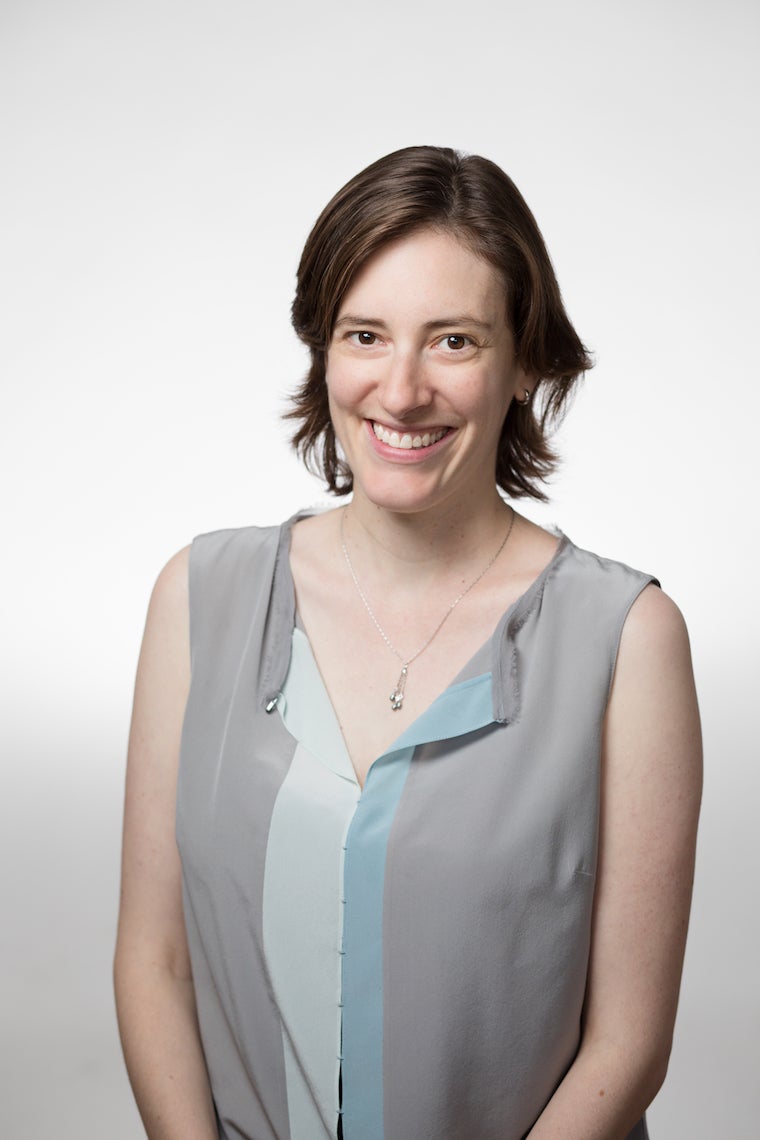Lost in Translation
November 10, 2017
Oberlin Alumni Magazine

The Oberlin Science Center at nighttime.
Photo credit: William Rieter
The Oberlin Alumni Magazine asked four alumni panelists to answer the question, “In your experience, what is the scientific issue that is most misunderstood by the general public?”
Oberlin alumni science writers took part in the symposium "Translating Science" in September, sharing with students their advice on science writing and related careers. Organized by Ally Fulton ’16 and faculty, staff, and students from the sciences, rhetoric and composition, the libraries, and the Career Development Center, the symposium was intended to raise awareness of the importance of communicating science to the general public as a foundation of sound political and personal decision-making, as well as to inspire students in science writing careers. The Oberlin Alumni Magazine asked the four alumni panelists to answer the question, “In your experience, what is the scientific issue that is most misunderstood by the general public?” Here are their answers:
Bijal Trivedi ’92, freelance writer, specializing in biology, biotechnology, and medical research:

Photo by Tanya Rosen-Jones '97
The politicization of science poses a serious threat to our democracy, our health, and the planet. For example, climate change, vaccine efficacy, and renewable energy are all issues that have been rigorously examined through the scientific method—but peer-reviewed science is being rejected for political gain. The challenge for science writers is to present these topics through language and storytelling that connects with everyone across the political spectrum. Another key issue is that current budget proposals would significantly slash federal funding for basic science and medical research. The private sector and nonprofits cannot fill the gap when government support wanes.
Nancy Fliesler ’82, senior science writer at Boston Children’s Hospital and editor of the science and innovation blog Vector:

Photo by Tanya Rosen-Jones '97
It’s not so much an issue that’s misunderstood—I think the basic problem is a fear of science. People feel they can’t understand it, a feeling that’s probably rooted in their early education. Even as adults, they can’t get past it. Another difficulty is that science is couched in jargon, and scientists have forgotten how to share their ideas and passions in everyday language. They talk too much about their methods and their molecules and not enough about the “big picture”—because the practice of science, especially for junior scientists, is very much incremental and “little picture.” Also, since science is fluid and new knowledge is always emerging, conclusions of individual studies can contradict each other. This can foster a feeling of mistrust of science. The job of a science writer is to restore the wonder of scientific discovery and make it relevant to the person on the street—but also to put the findings in proper perspective. We do this largely by serving as translators and teachers. I think it’s a great career for Oberlin students, who are naturally curious, passionate, and verbal.
Brianna Rego Lind ’06, freelance science writer and historian specializing in history of 20th-century biomedicine, industry science, science policy, and controversial science:

Photo by Tanya Rosen-Jones '97
There is a certain segment of the population that refuses to believe things like climate change, evolution, or vaccine safety. But I am an optimist and won’t admit that such “science deniers” define the general public. Instead, I think there is another scientific concept that is much more misunderstood, potentially much more harmful (or at least confusing), and much more pervasive, even among those who think they understand it: the long tail of statistics. Medical survivorship, for example, is commonly misunderstood. A particular cancer might have a 27 percent survival rate, but what does that mean for a particular patient? How about a 5 percent survival rate? Or a 95 percent survival rate? Stephen Jay Gould wrote a wonderful essay on this, “The Median Isn’t the Message,” after he was diagnosed with a particularly deadly cancer. He went on to live many more years, one of the patients in the “long tail” of survivorship. Nate Silver has also famously discussed the long tail in the contexts of sports and politics, such as with Hillary Clinton’s loss to Donald Trump. The long tail is everywhere where there is any “chance” of anything, and the longer the tail, the more instances there will be within that tail.
Dyani Sabin ’14, freelance science journalist based in Chicago:

Photo by Tanya Rosen-Jones '97
I have found that scientific issues that challenge people’s core identifying beliefs are the most misunderstood. Something like evolution or climate change challenges religious or political identities. Once that happens, you aren’t arguing with logic, but with a person’s identity, and so people push back.
You may also like…
Josh Nolan Named Vice President, General Counsel, and Secretary at Oberlin
Distinguished attorney brings extensive experience in higher education law.
Learning by Teaching: Oberlin Students Share Global Music with Young Learners
College and Conservatory students in PACE 103 prepare local children for an immersive community concert at Oberlin.
Nuiko Wadden ’02 Joins Oberlin Conservatory Faculty as Assistant Professor of Harp
The versatile musician brings extensive opera, orchestral, and contemporary music experience to her role


